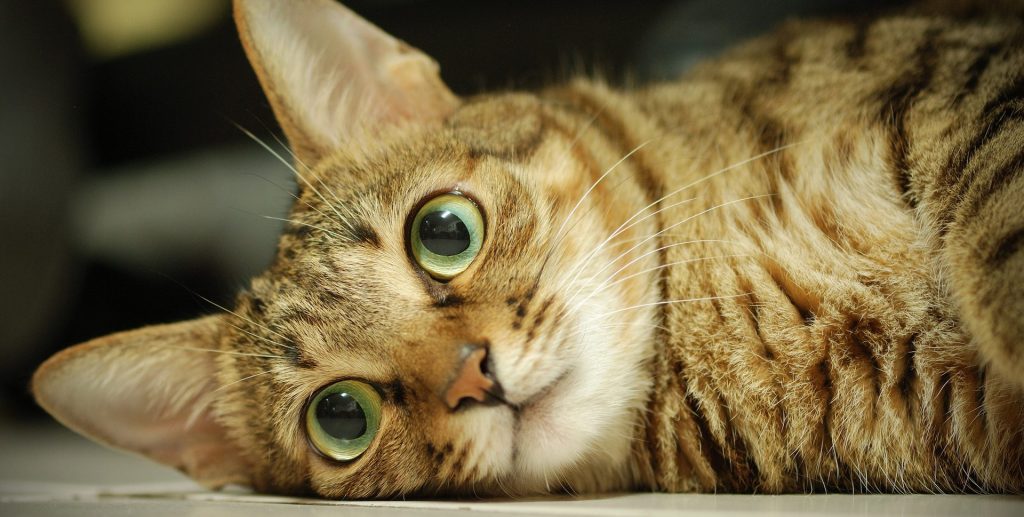
Sokoke Cat : The Rare Sokoke Forest Cat
Sokokes are rare, wild-looking cats from Kenya with a striking wood-grain coat pattern. They’re athletic and agile, like mini leopards for your home. With big, golden eyes and a chatty personality, they’re full of energy and mischief. These cats are perfect for people who want a pet with a touch of the exotic. Sokokes are affectionate but always ready for adventure, turning your home into their personal jungle gym. They’re not your typical lap cat, but they’ll keep life interesting with their playful antics and unique charm.
History and Origin of the Sokoke Cat
The Sokoke cat, also known as the Sokoke Forest Cat, hails from the Arabuko Sokoke Forest in Kenya. This breed was first discovered in the 1970s by Kenyan resident Jeni Slater, who noticed their unique wood-grain coat pattern. These cats were initially believed to be a natural breed, living in the wild forests of Kenya. Later, they were introduced to Europe, where breeders began to develop and preserve the breed. The Sokoke is now recognized by various cat fancier associations, admired for its exotic appearance and lively personality.
Physical Characteristics of the Sokoke Cat
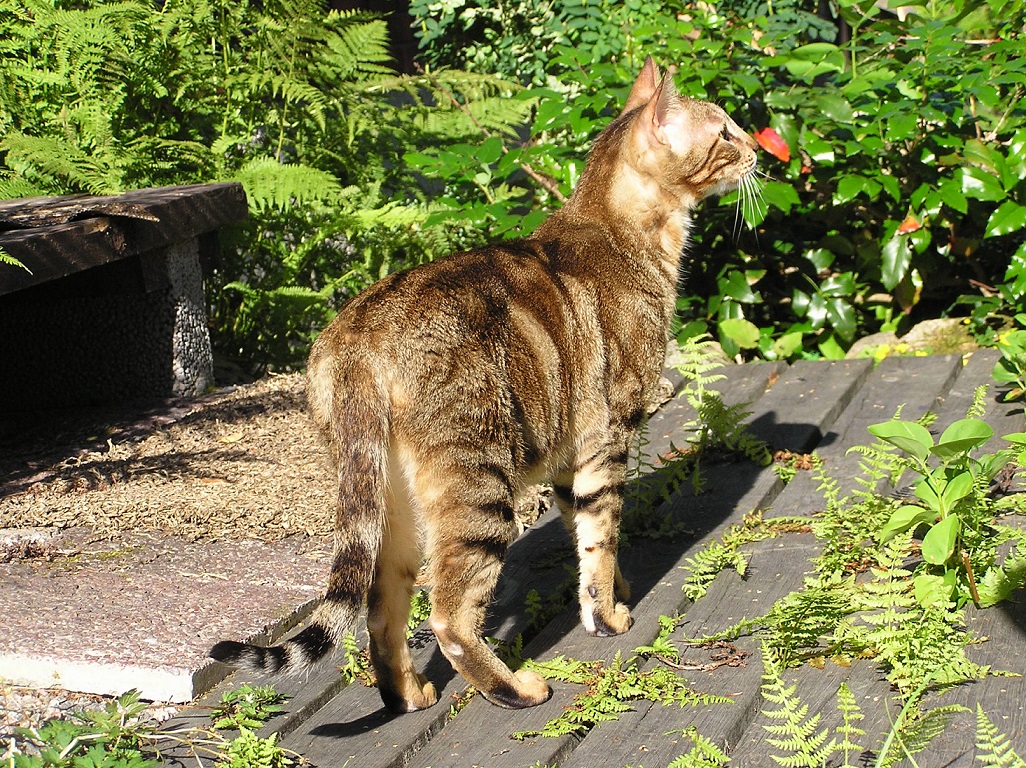
The Sokoke cat is known for its distinctive and wild appearance. Key physical characteristics include:
- Size: Medium-sized, with a slender yet muscular build.
- Coat: Short, close-lying coat with a unique «wood-grain» or «marbled» pattern, usually in shades of brown and black.
- Eyes: Large, almond-shaped eyes that are typically golden or green.
- Head: Slightly small compared to the body, with a broad muzzle and high cheekbones.
- Body: Athletic and agile, with long legs and a tapered tail that enhances their graceful movements.
Personality and Temperament of the Sokoke Cat
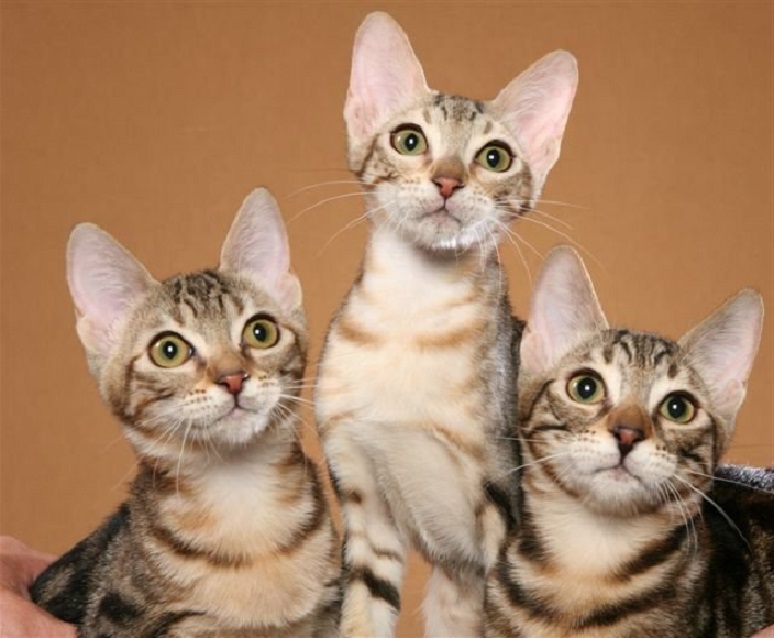
Sokokes are energetic and lively cats with a curious and adventurous spirit. Key traits include:
- Affectionate: While not typical lap cats, Sokokes form strong bonds with their human companions and enjoy being around them.
- Playful: They are highly active and enjoy interactive play, making them ideal for families who can provide plenty of stimulation.
- Intelligent: Sokokes are smart and can be trained to perform tricks and follow commands.
- Vocal: They have a chatty personality and are known to communicate with their owners through a variety of sounds.
Basic Needs of the Sokoke Cat
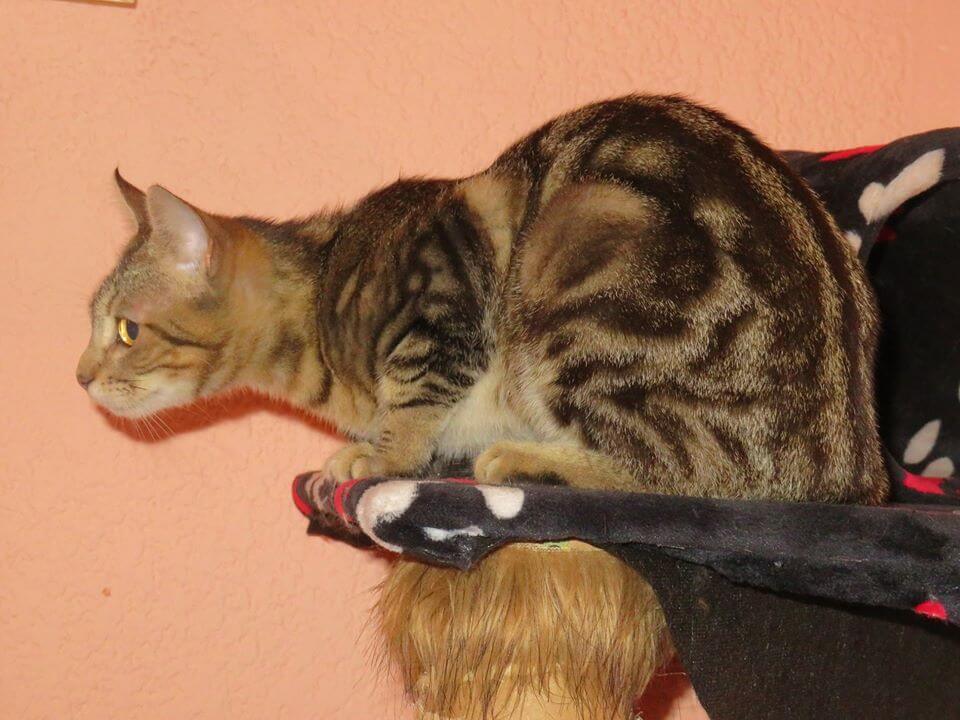
To ensure a Sokoke cat remains healthy and happy, it’s essential to meet their basic needs:
- Diet: A balanced diet with high-quality cat food is crucial to support their active lifestyle.
- Exercise: Regular playtime and opportunities to climb and explore are necessary to keep them physically and mentally stimulated.
- Grooming: Their short coat requires minimal grooming, but regular brushing can help reduce shedding and keep their coat healthy.
- Healthcare: Routine veterinary check-ups, vaccinations, and preventive care are crucial to monitor their health and address any potential issues early.
Suitable Environment for the Sokoke Cat
Sokokes thrive in environments where they can explore and stay active. Key considerations include:
- Space: They benefit from having space to roam and play, making homes with safe outdoor access or large indoor spaces ideal.
- Companionship: These cats enjoy being around people and other pets, so a home where they have company is beneficial.
- Safety: Due to their adventurous nature, it’s important to ensure they are safe from potential outdoor dangers if they are allowed outside.
Training and Care for the Sokoke Cat
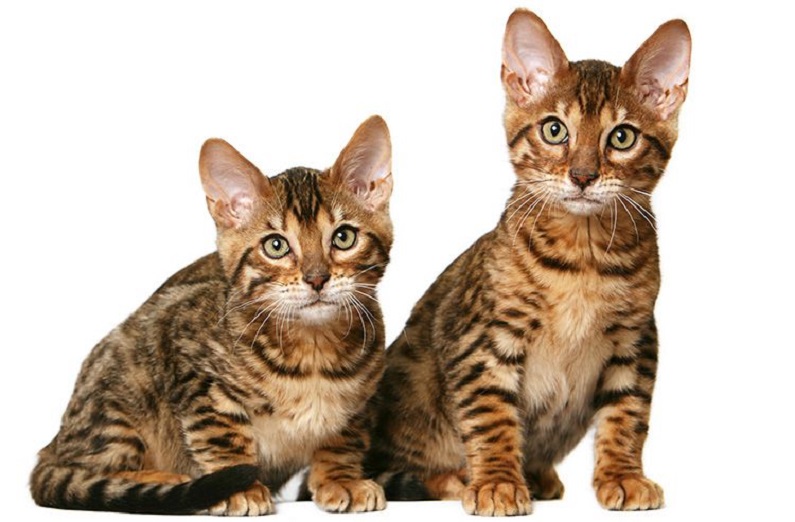
Training a Sokoke cat is generally straightforward due to their intelligent and eager-to-please nature. Tips for training and care include:
- Positive Reinforcement: Use treats, praise, and affection to encourage desired behaviors.
- Consistency: Establish routines for feeding, playtime, and grooming to help them feel secure and well-adjusted.
- Enrichment: Provide a variety of toys, scratching posts, and climbing structures to keep them mentally and physically engaged.
Health and Common Issues in the Sokoke Cat
Sokokes are generally healthy cats, but they can be prone to certain health issues:
- Genetic Diversity: Due to their rarity, maintaining genetic diversity is important to prevent hereditary health problems.
- Routine Care: Regular dental check-ups and maintaining a healthy weight are important aspects of their care.
Life Expectancy of the Sokoke Cat
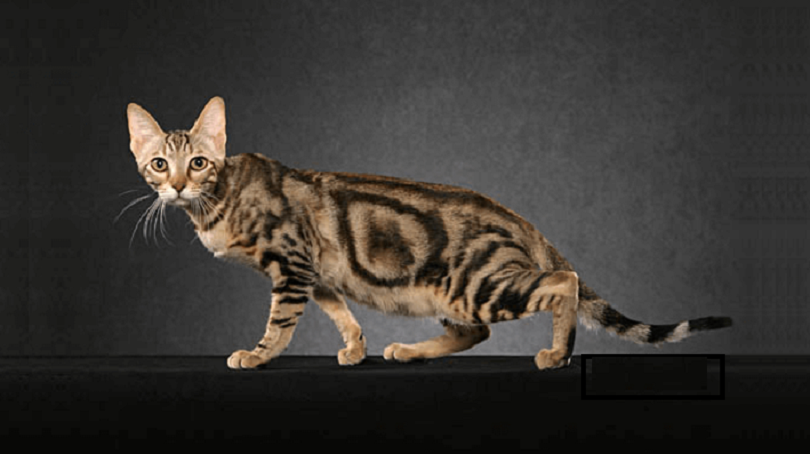
The Sokoke cat typically enjoys a long and healthy life, with an average lifespan of 12 to 15 years. Providing them with a balanced diet, regular exercise, and routine veterinary care can help ensure they live a healthy and fulfilling life.
The Sokoke Cat in Daily Life
Having a Sokoke cat in your home brings a unique blend of energy, curiosity, and exotic beauty. These cats are incredibly active and enjoy turning your home into their personal jungle gym. Their affectionate yet independent nature means they enjoy spending time with their human companions while also exploring their surroundings. Sokokes are not your typical lap cats, but they will keep life interesting with their playful antics and unique charm.
Frequently Asked Questions (FAQs)
Do Sokoke cats make good pets?
Sokokes can make great pets for active households. They’re intelligent, playful, and can be affectionate, but they require plenty of attention and stimulation.
Are Sokoke cats hypoallergenic?
No, Sokoke cats are not hypoallergenic. While they have short coats that shed less than some breeds, they still produce allergens that can affect people with cat allergies.
How to Identify a Sokoke Cat?
Identifying a Sokoke cat involves looking for several key characteristics:
- Coat Pattern: The most distinctive feature is their unique wood-grain or marbled coat pattern, usually in shades of brown and black.
- Body Type: They have a slender, muscular build with long legs and a tapered tail.
- Eye Color: Their large, almond-shaped eyes are typically golden or green.
- Personality: Sokokes are energetic, vocal, and enjoy interacting with their human companions. Their playful and adventurous nature is a strong indicator of the breed.
